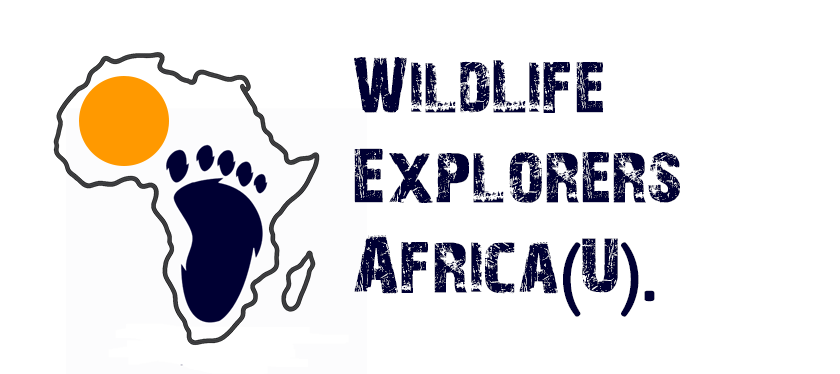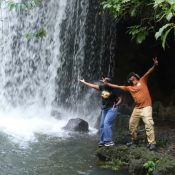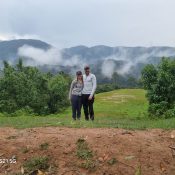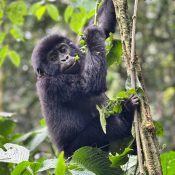Authentic Maasai Culture
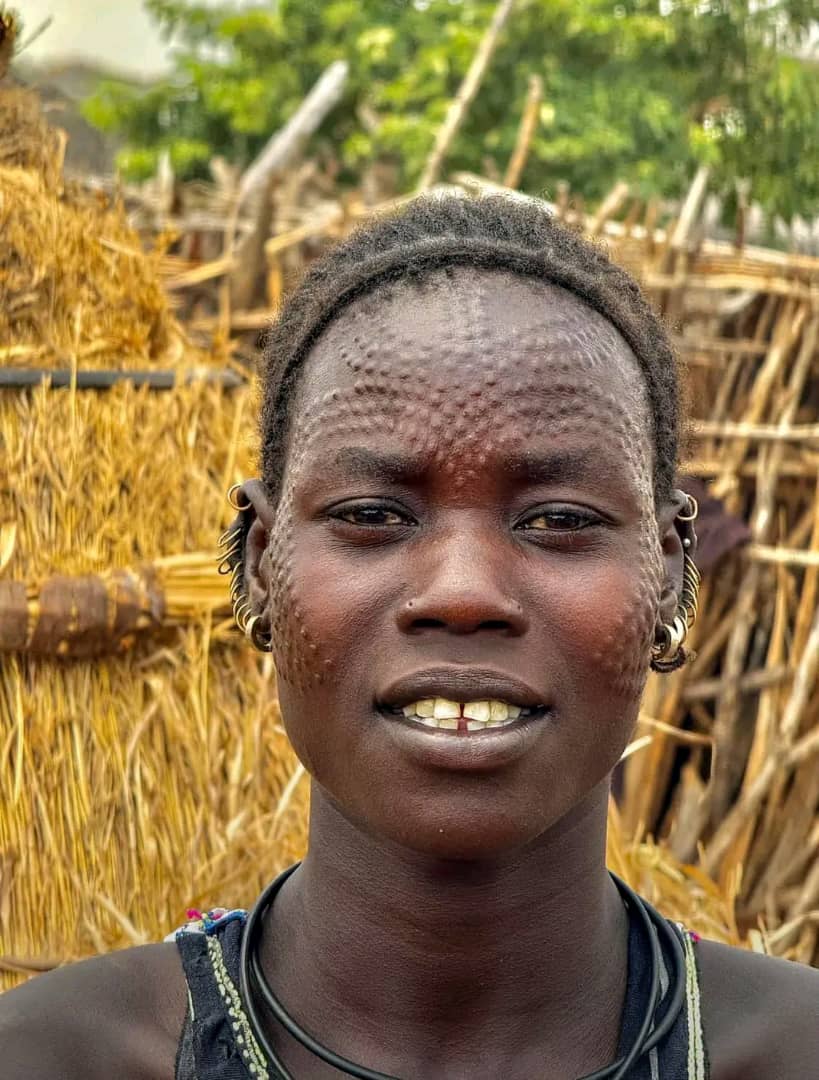
Authentic Maasai Culture
Geographic Roots
The Maasai are indigenous to the Great Rift Valley region, spanning northern, central, and southern Kenya as well as northern Tanzania. Their territory includes iconic landscapes like the Serengeti and Amboseli, where their pastoral lifestyle is deeply intertwined with the land.
Language and Communication
Their native tongue is Maa (or Maasai language), part of the Eastern Nilotic branch of the Nilo-Saharan language family.
Maa is closely related to other Nilotic languages such as Dinka, Kalenjin, and Nuer.
While Maa remains central to their identity, many Maasai—especially younger generations—also speak Swahili and English, the official languages of Kenya and Tanzania, for education and broader communication.
Cultural Endurance
Despite modernization and external influences, the Maasai have preserved much of their traditional culture, including their language, dress, rituals, and social structures. Elders in rural areas often serve as custodians of oral history and tribal customs, keeping the Maa language alive in its purest form.
Encounter the Maasai culture and music
The Adumu, or “jumping dance,” is one of the most iconic and visually striking basics of Maasai tradition. Performed by young warriors—known as morans-young, unmarried Maasai warriors in East Africa, —during ceremonies like Eunoto, it’s not just a dance but a rite of passage, a display of strength, stamina, and pride. The higher a warrior jumps, the more admiration he earns.
Maasai Women’s Singing and Dancing
While the Adumu is often associated with men, Maasai women have their own rich musical traditions. Their singing is deeply communal and spiritual, often involving, Lullabies and praise songs for their children, Call-and-response patterns like Namba, with harmonies and descending scales, Monophonic melodies and rhythmic repetition of phrases, Group dancing, especially during welcoming rituals and celebrations
These performances are not just entertainment—they’re expressions of identity, history, and social cohesion. In villages around Amboseli National Park, visitors are often greeted with these vibrant displays of song and movement
Recent Posts
Tags
Quick booking process
+256 782 467457
